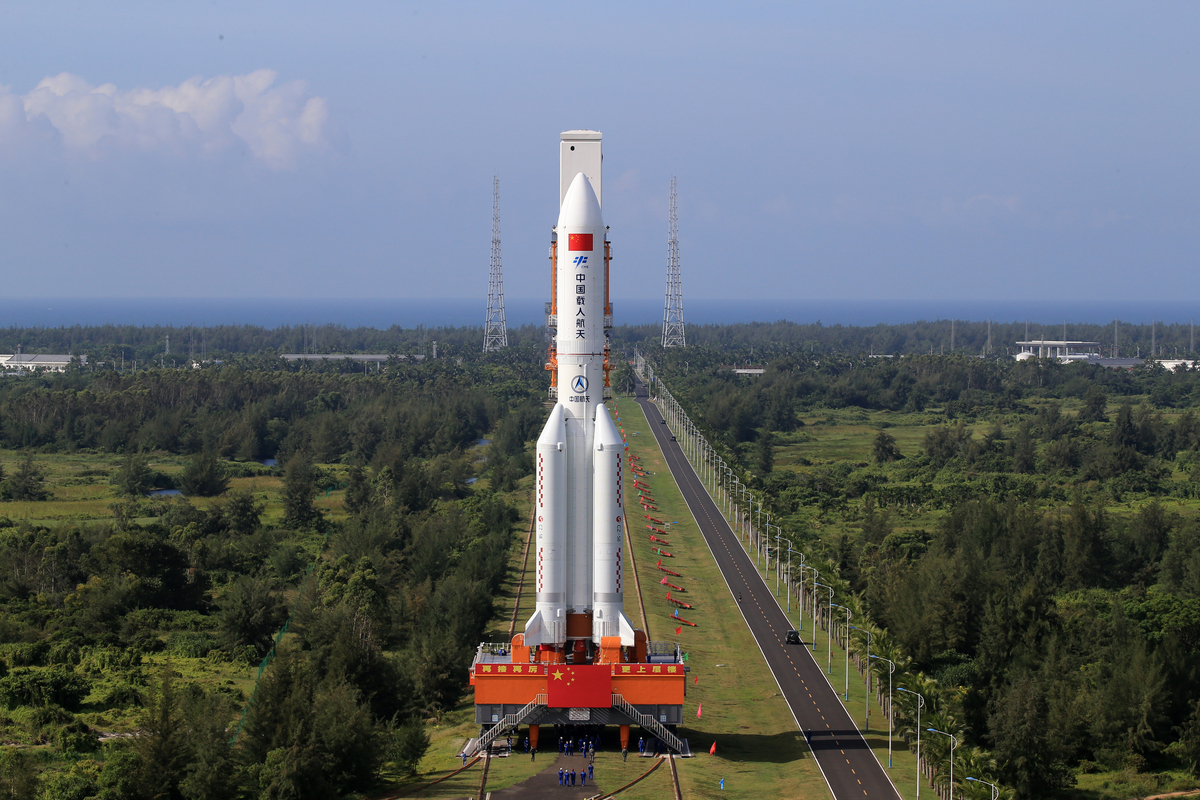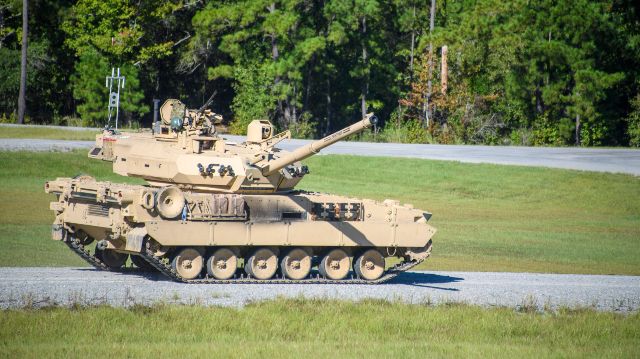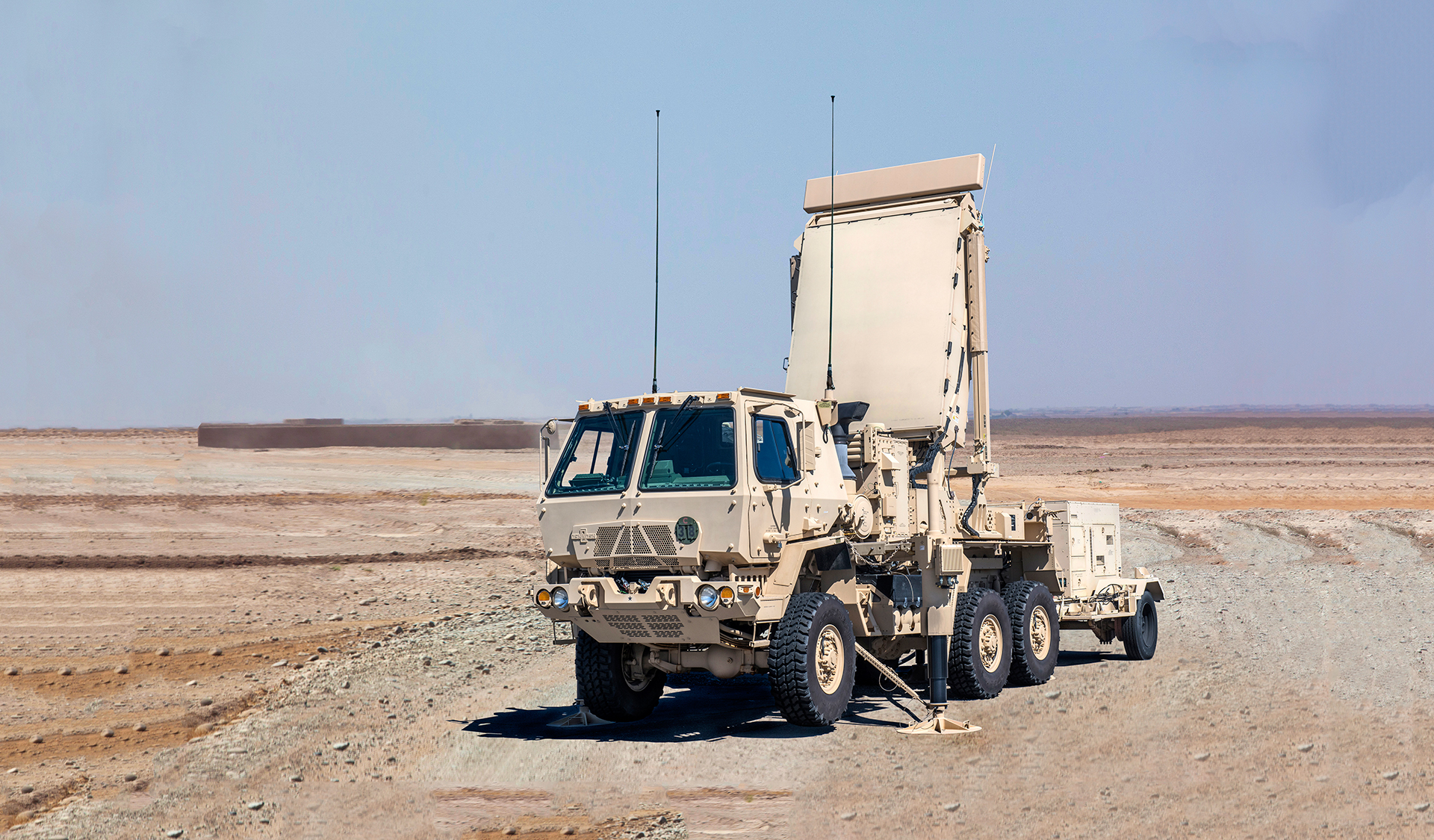Manufacturer: CALT
Height: 56.97 meters (186.8 feet)
Diameter: 5 meters (16.4 feet)
Mass: 870,000 kg (1,918,000 lb)
Payload to LEO: 25,000 kg (55,116 lb)
Payload to GTO: 14,000 kg (30,865 lb)
Stages: 2
Engines:First Stage: 2 YF-77 engines (LH2/LOX), Second Stage: 2 YF-75D engines (LH2/LOX)
Launch Sites: Wenchang
Description
The Long March 5 (CZ-5) is China’s most powerful heavy-lift launch vehicle, developed by the China Academy of Launch Vehicle Technology (CALT) under the China Aerospace Science and Technology Corporation (CASC). First launched in 2016, it is designed for a variety of missions, including deep space exploration, space station module deployment, and high-mass satellite launches. The Long March 5 features a modular design, utilizing liquid-fueled engines and environmentally friendly propellants to support China’s ambitions in lunar exploration, Mars missions, and heavy payload deployment into geostationary and low Earth orbits.
Configurations
Long March 5: is a two-stage launch vehicle with four strap-on boosters, designed for heavy payload missions.
Mission List
Key Missions of Long March 5
Chang’e 5 (2020) – China’s first lunar sample return mission.
Tianwen-1 (2020) – China’s first Mars mission, successfully landing the Zhurong rover.
Tianhe Core Module (2021) – First and largest module of Tiangong.
Wentian Module (2022) – Second module for the Tiangong space station.
Mengtian Module (2022) – Final module for the Tiangong space station.
Shijian-20 (2019) – Heaviest Chinese communications satellite.
First Test Flight (2016) – Initial launch, testing vehicle performance.
Second Test Flight (2017) – Failed due to first-stage engine anomaly.
Third Test Flight (2019) – Successful return to service.
Planned Missions
Chang’e 6 (2024) – Second lunar sample return mission from the far side of the Moon.
Tianwen-2 (2025) – Asteroid sample return mission.
Chang’e 7 & 8 (2026-2028) – Lunar South Pole exploration.
Tianwen-3 (2030s) – Mars sample return.
Crewed Lunar Missions (~2030) – Supporting China’s lunar landing program.






